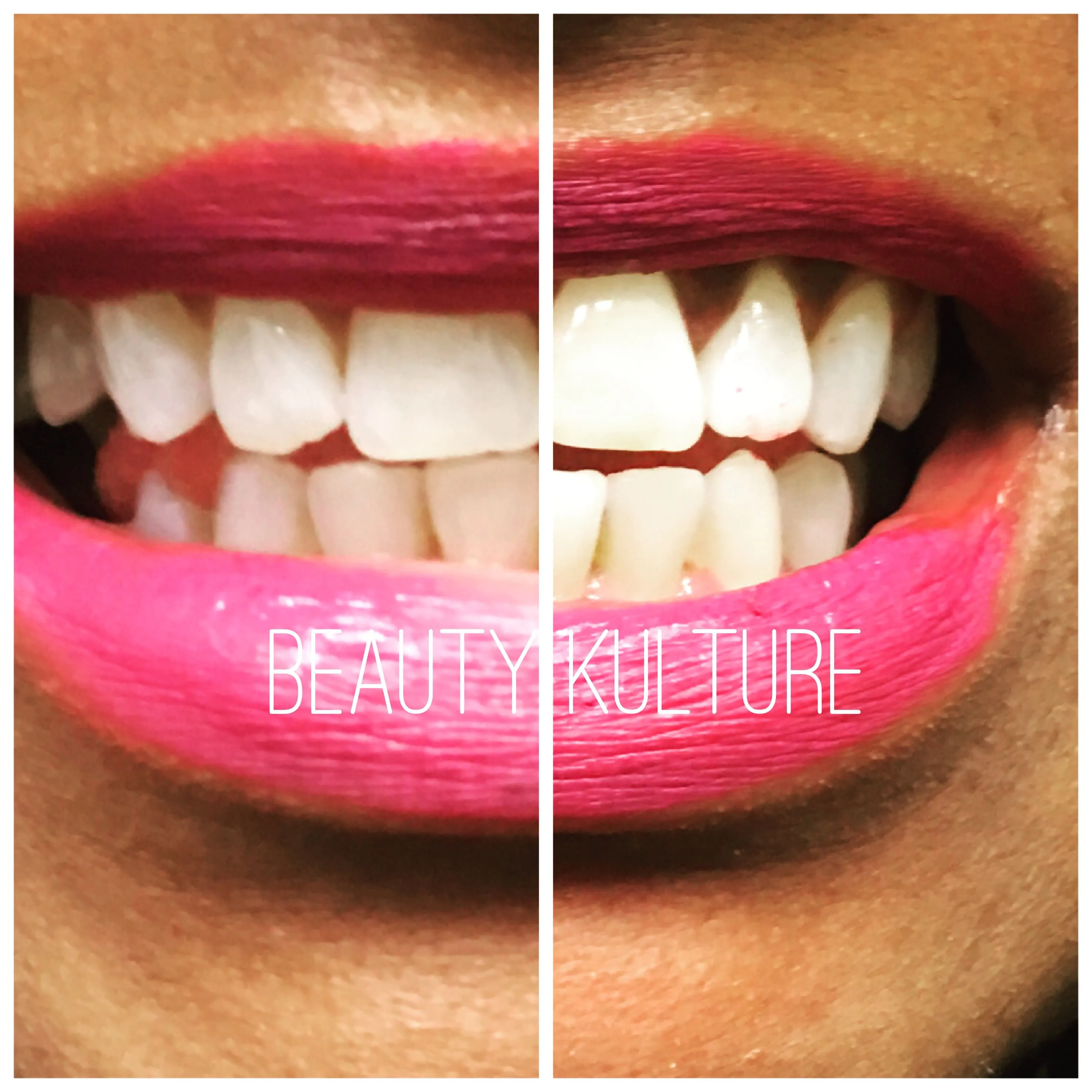The Basics of Teeth Whitening
Teeth whitening has become a popular cosmetic procedure, offering a brighter, more confident smile. But what exactly is teeth whitening, and why is it so sought after? At its core, teeth whitening involves removing stains and discoloration from the enamel of your teeth, making them appear whiter. This process can range from simple at-home treatments to professional procedures performed by a dentist. Understanding the basics is crucial before you delve into the various methods and facts surrounding teeth whitening. Many people are motivated to seek teeth whitening to improve their appearance, boost their self-esteem, and achieve a more youthful look. The effectiveness and safety of different methods are important considerations when deciding how to proceed. Let’s explore the fundamentals and discover the secrets behind achieving a dazzling smile.
What Causes Tooth Discoloration
Tooth discoloration can result from various factors, both intrinsic (internal) and extrinsic (external). Understanding these causes is key to preventing and addressing the problem effectively. Extrinsic stains affect the tooth’s surface and are typically caused by dietary choices and habits, while intrinsic stains originate from within the tooth structure.
Foods and Drinks
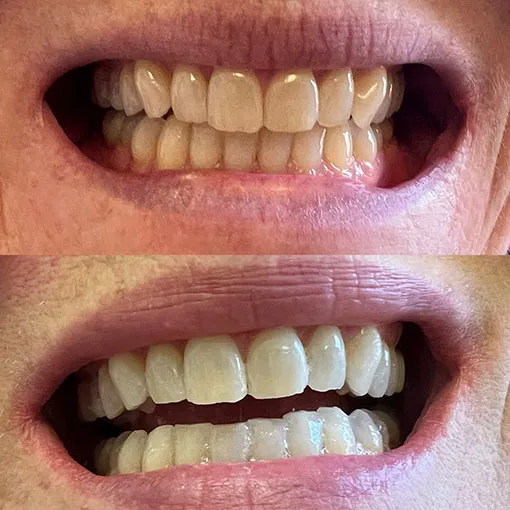
Certain foods and drinks are notorious for staining teeth. Coffee, tea, red wine, and dark-colored sodas contain chromogens, pigments that adhere to the tooth enamel and cause discoloration over time. Additionally, highly acidic foods and drinks, such as citrus fruits and vinegar, can erode the enamel, making it easier for stains to penetrate. Regular consumption of these items can gradually darken your teeth, making teeth whitening a consideration. Maintaining a balanced diet and being mindful of the frequency and quantity of these staining substances can significantly impact the brightness of your smile.
Lifestyle Choices
Lifestyle choices also play a role in tooth discoloration. Smoking and chewing tobacco are major contributors to staining, as they introduce nicotine and tar, which stain teeth. Poor oral hygiene, including inadequate brushing and flossing, can lead to plaque and tartar buildup, which can trap stains and cause discoloration. Certain medications, such as tetracycline antibiotics, can also cause intrinsic stains, particularly in developing teeth. Regular dental check-ups and a consistent oral hygiene routine are essential in preventing and addressing discoloration issues.
Top 7 Teeth Whitening Facts
Now, let’s uncover some important facts about teeth whitening that you should know before deciding on any treatment. These facts will help you make informed decisions and achieve the best possible results for your smile.
Fact 1 Understand the Types of Whitening
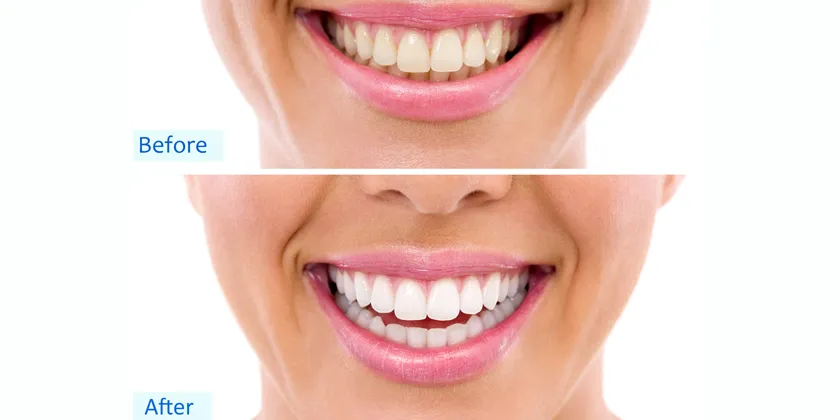
There are two main types of teeth whitening procedures professional and at-home. Professional whitening is done by a dentist and typically uses higher concentrations of bleaching agents, delivering quicker and more dramatic results. At-home whitening involves using custom-fitted trays or over-the-counter products with lower concentrations of bleaching agents. Understanding the differences between these types will help you choose the best option for your specific needs and preferences. For instance, if you’re looking for instant results, professional whitening might be the better option. But if you’re aiming for a budget-friendly solution with more gradual results, at-home kits could be suitable.
Fact 2 Professional Whitening vs. DIY
Professional whitening, conducted by a dentist, offers several advantages over DIY methods. Dentists can use stronger bleaching agents and advanced techniques, such as laser whitening, to achieve faster and more effective results. They can also address underlying dental issues, such as cavities, before starting the whitening process. DIY methods, such as whitening strips or trays, are generally less expensive and can be used at home. However, they might not be as effective for severe staining and may not be suitable for everyone. Consulting a dentist can help you determine the most appropriate option based on your individual needs and oral health.
Fact 3 The Science Behind Whitening Agents
Teeth whitening agents, usually containing hydrogen peroxide or carbamide peroxide, work by breaking down the stain molecules on your teeth. These agents penetrate the enamel and dentin, the inner layer of the tooth, to oxidize the discolored compounds. The concentration of the bleaching agent and the duration of the treatment influence the effectiveness of the whitening process. Professional treatments typically use higher concentrations, accelerating the process. At-home products contain lower concentrations, which require longer application times to achieve similar results. Understanding how these agents interact with your teeth will help you set realistic expectations and choose the right treatment.
Fact 4 Sensitivity and Whitening
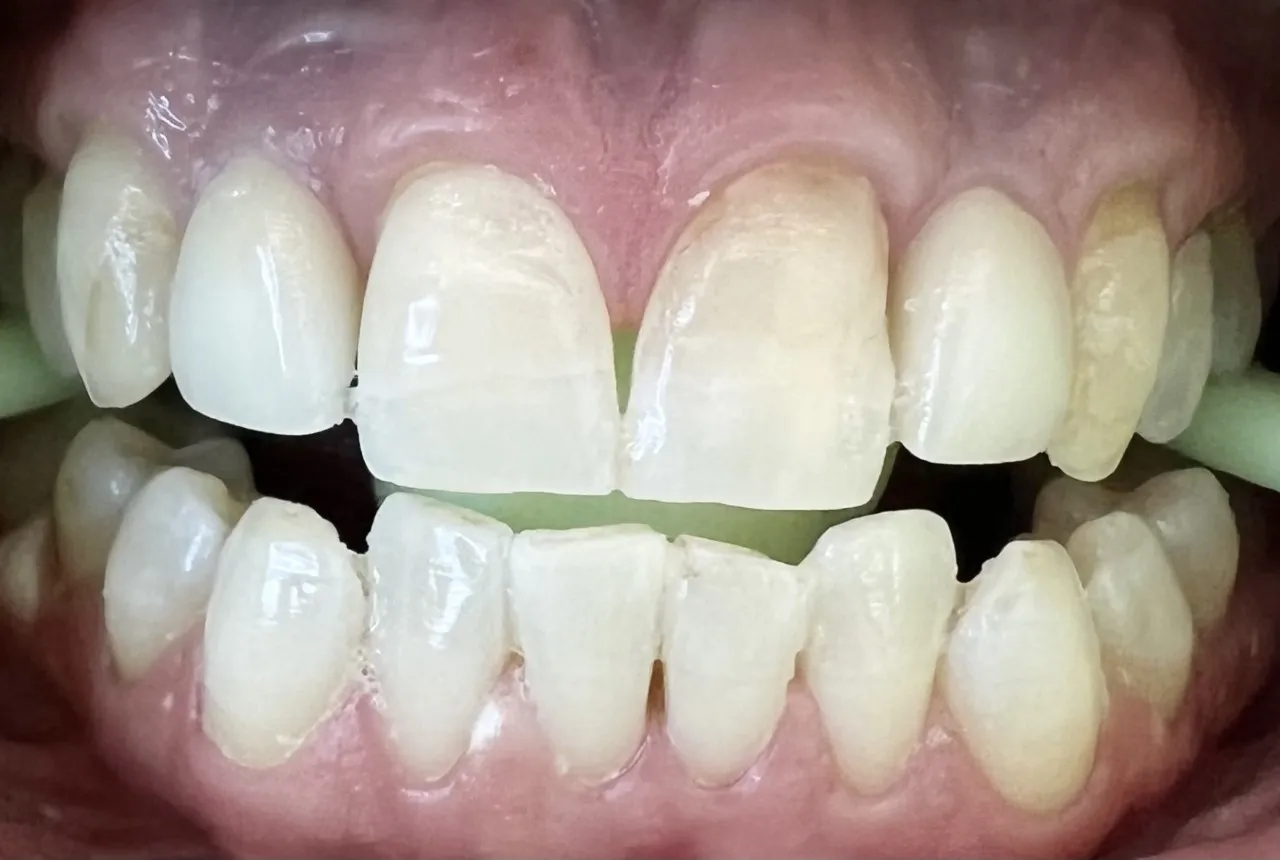
Tooth sensitivity is a common side effect of teeth whitening. The bleaching agents can temporarily make your teeth more sensitive to hot and cold temperatures. This sensitivity usually subsides within a few days after the treatment is completed. Dentists can provide desensitizing agents or recommend products to minimize discomfort. If you have sensitive teeth, discussing your concerns with a dentist before undergoing whitening is important. They can help you prepare for the process and recommend solutions to manage any discomfort.
Fact 5 Maintenance and Aftercare
Maintaining your white smile requires proper aftercare and lifestyle adjustments. Avoiding staining foods and drinks, such as coffee, tea, and red wine, is essential. Regular brushing, flossing, and dental check-ups help keep your teeth bright and healthy. Using a whitening toothpaste can also assist in maintaining your results. Additionally, consider touch-up treatments as needed to keep your smile looking its best. Following your dentist’s recommendations will optimize your teeth whitening results and enhance the longevity of your new smile.
Fact 6 Whitening and Dental Work
Teeth whitening only works on natural tooth enamel. Dental work, such as fillings, crowns, and veneers, will not be affected by the whitening process. If you have dental work, your dentist can help you determine the best approach to match the shade of your existing restorations with your newly whitened teeth. It might involve replacing older dental work to achieve a uniform, bright smile. Being aware of this aspect of teeth whitening can help you manage your expectations and coordinate the treatment with any necessary dental procedures.
Fact 7 Realistic Expectations
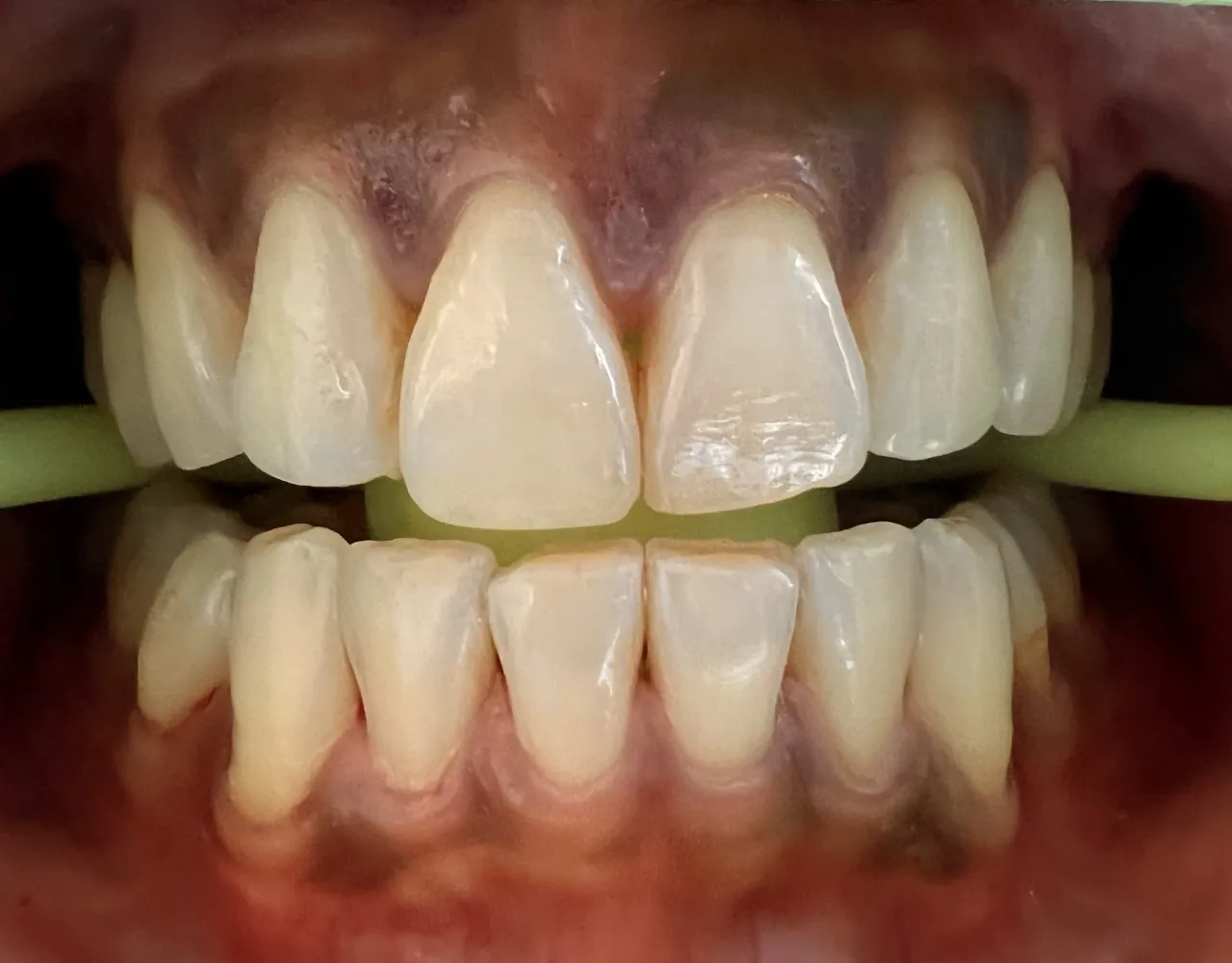
It’s important to have realistic expectations about the results of teeth whitening. While it can significantly improve the appearance of your smile, the degree of whitening varies depending on the individual’s tooth structure, the type of stains, and the whitening method used. Results are not permanent, and touch-up treatments might be necessary to maintain the desired level of brightness. Consulting with a dentist can help you understand what to expect and determine the best approach for achieving the smile you want. Understanding the limitations of teeth whitening ensures that you will be pleased with the outcomes.
Teeth Whitening Methods Explained
There are several teeth whitening methods available, each with its own set of advantages and disadvantages. This section explains the various methods, helping you make an informed decision about which one suits your needs best.
Professional Teeth Whitening
Professional teeth whitening is a popular option for those seeking rapid and dramatic results. Dentists use high-concentration bleaching agents and techniques like laser whitening to achieve significant brightening in a single session. The process typically involves protecting the gums and soft tissues and then applying the whitening gel to the teeth. The procedure usually takes about an hour, and the results can last for several months, depending on aftercare and lifestyle. Professional whitening provides the most consistent and effective results. This method is ideal for individuals who desire immediate and noticeable changes in their smile.
At-Home Whitening Kits
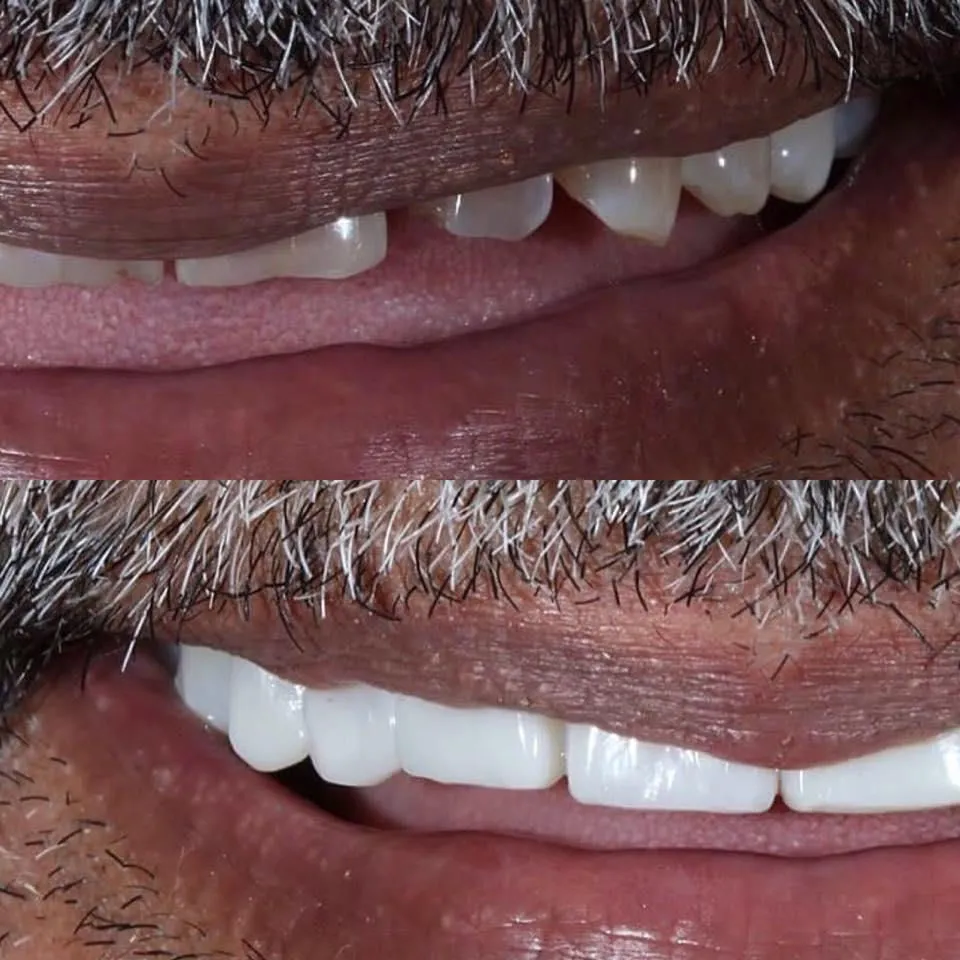
At-home whitening kits offer a convenient and affordable alternative. These kits usually contain custom-fitted trays and a bleaching gel provided by your dentist, or over-the-counter options like whitening strips. The gel has a lower concentration of the bleaching agent than professional treatments. The user applies the gel to the trays and wears them for a specified amount of time each day or night, following the dentist’s instructions. Results take longer to achieve compared to professional whitening, but they can still produce significant improvements over several weeks. This method allows you to whiten your teeth at your convenience, offering flexibility for those with busy schedules.
Over-the-Counter Options
Over-the-counter (OTC) whitening products are widely available at pharmacies and supermarkets. These include whitening strips, toothpastes, and mouthwashes. Whitening strips are popular because they are easy to use and relatively inexpensive. Whitening toothpastes and mouthwashes have lower concentrations of bleaching agents and are best for maintaining a white smile, not drastic changes. OTC options can provide a mild whitening effect and are a good starting point for those with minor discoloration or for those on a budget. Remember that the results are less dramatic and can take longer to achieve than professional treatments. Always follow the instructions on the product label.
Maintaining Your White Smile
Once you’ve achieved your desired level of whiteness, it is crucial to maintain your results and prevent future staining. A combination of good oral hygiene and lifestyle adjustments will help to keep your smile bright for an extended period.
Tips for Long-Lasting Results
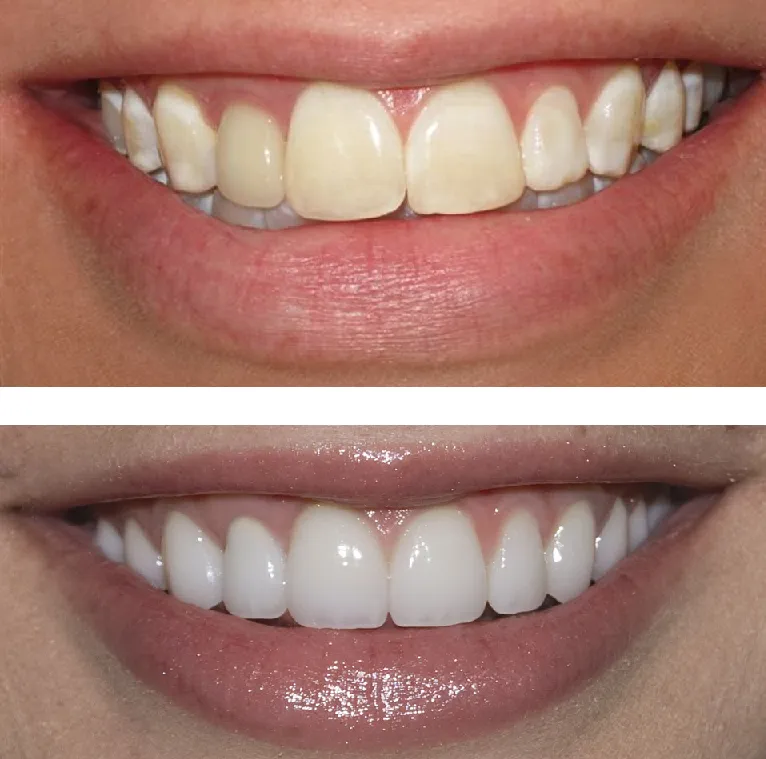
To keep your smile looking its best, focus on consistent oral care. Brush your teeth twice daily with a whitening toothpaste and floss at least once a day. Schedule regular dental check-ups and cleanings to remove any surface stains and keep your teeth healthy. Consider using a whitening mouthwash to help maintain brightness. Additionally, avoid smoking and minimize the consumption of stain-causing foods and drinks to prolong your teeth whitening results. Your dentist might also recommend touch-up treatments to maintain your desired level of whiteness.
Avoiding Stains
Preventing new stains is key to maintaining a white smile. Limit your intake of coffee, tea, red wine, and other dark-colored beverages and foods. Rinse your mouth with water after consuming these items to minimize contact with your teeth. If you smoke, consider quitting, as smoking is a major contributor to tooth discoloration. Practicing good oral hygiene and being mindful of your dietary habits will help you keep your teeth white and healthy for longer. Regular dental check-ups are also essential for early detection and prevention of staining.
